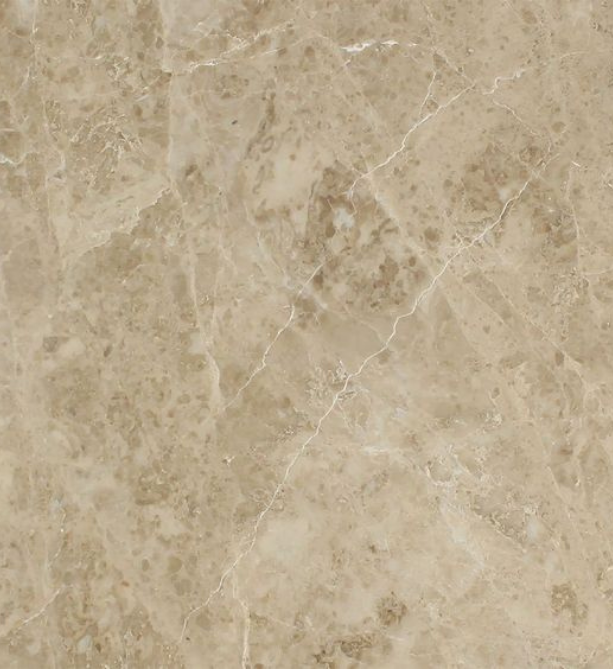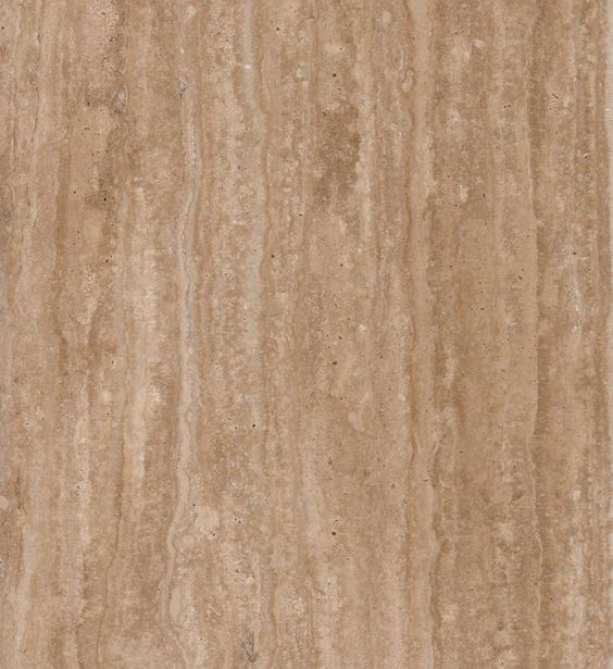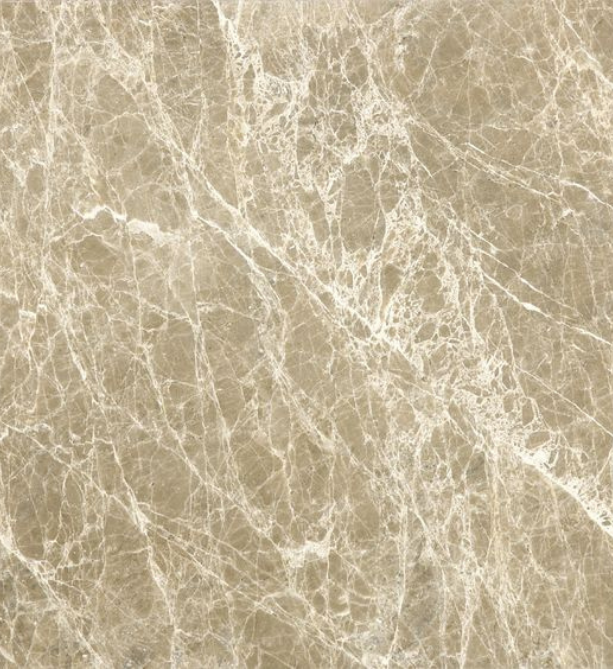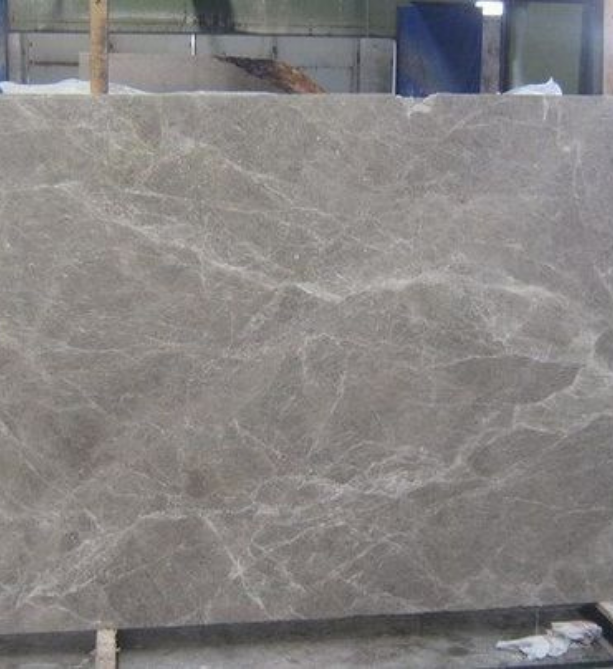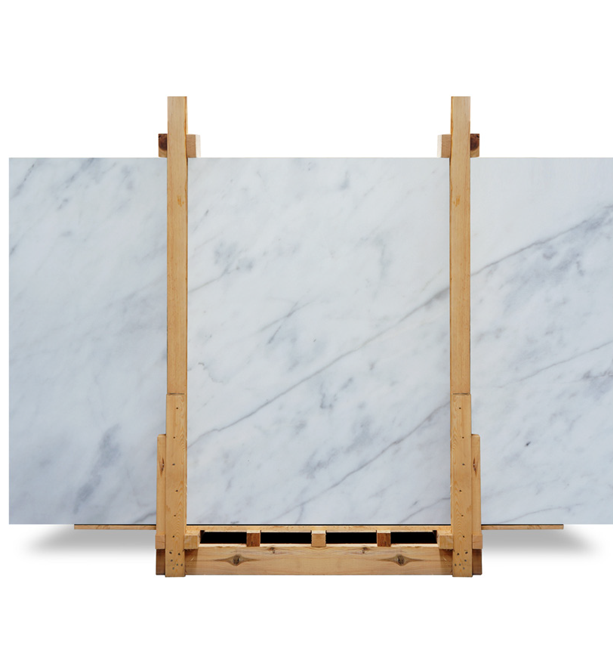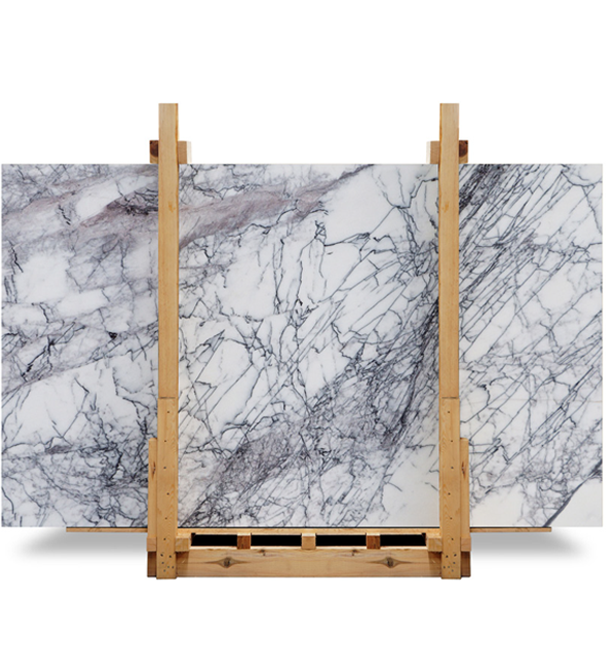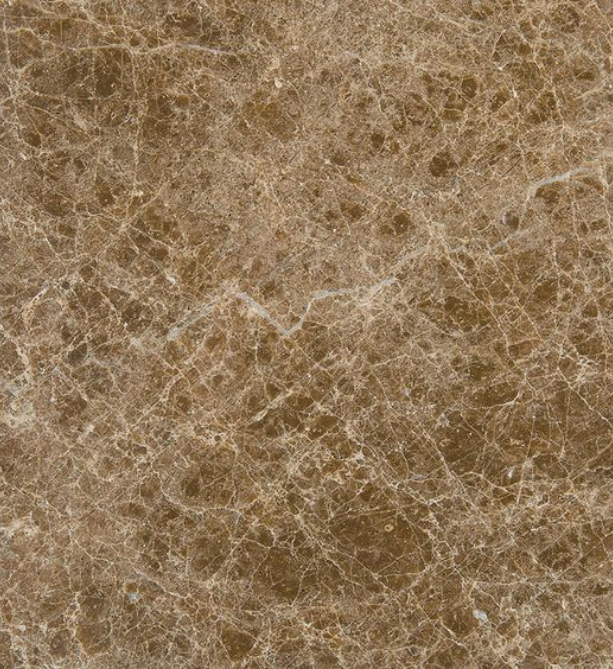BELGESTONE delivers top quality and long-lasting products to Saudi Arabia, which has a huge export, import and trade potential and almost all cities of this region. One of the goals of the company, which is constantly rising and continuing to rise in Saudi Arabia, is the inaccessibility of the unreachable area and place in the region. We took a look at the history of such an important region for the company as an institution and prepared a compilation for you.
Spread over most of the northern and central Arabian Peninsula, Saudi Arabia is a young country, the heir to a rich history. In the western highlands, along the Red Sea, Hicaz, the cradle of Islam, and the holiest cities of that religion, Mecca and Medina are located. The geographical heart of the country is a region known as Necd (“Yayla”), a vast arid region that has been filled by nomadic tribes until recently. In the east, along the Persian Gulf, the country has abundant oil fields that have made Saudi Arabia synonymous with oil wealth since the 1960s. These three elements – religion, tribalism and untold wealth – fueled the country’s next history. It was only the rise of the strengthening of power in the early 20th century, when the Sa familyd family (ʿūl Saʿūd), a Najdi group called the country, and Saudi Arabia began to take on the characteristics of a modern country. The success of the Sa familyd family was not a small part because of the motivating ideology of Wahhābism, a simple form of Islam that was adopted by early family leaders and became state faith. This deep religious conservatism is accompanied by a tribe that makes it difficult for foreigners to grasp the Saudi community and is always located where rival family groups compete for resources and status. The enormous oil wealth provided a huge and rapid investment in Saudi Arabia’s infrastructure.
Many citizens have benefited from this growth, but also supported generous lifestyles for the shoots of the ruling family, and religious conservatives and liberal democrats accused the family of wasting and abusing the country’s wealth. Moreover, after the Persian Gulf War (1990–91), civil discontent increased over the country’s close ties with the West, especially until 2005 it was symbolized by US troops stationed in Saudi Arabia. In the middle of the 20th century, most of Saudi Arabia still adopted a traditional lifestyle that changed little for thousands of years. Since then, the pace of life in Saudi Arabia has increased rapidly. Continuous pilgrimage to Mecca and Medina (large thrones come for annual pilgrimage and visit more pilgrims for yearumrah for less pilgrimage) have always provided external contacts to the country, but interaction with the outside world has expanded Saudi with innovations in transportation, technology and organization
The growing oil wealth of Arabia has made irreversible domestic changes, in addition to education, social and economic. Modern production methods are embedded in a traditional society, with the introduction of millions of foreign workers and employing hundreds of thousands of Saudis in unconventional jobs. Tens of thousands of Saudi students also studied abroad, most of them in the USA. Television, radio and internet have become the common media of communication and education, and highways and airlines have replaced traditional means of transportation. Saudi Arabia, once home to small cities and towns, has become increasingly urbanized; Traditional centers such as Jeddah, Mecca and Medina have turned into big cities, and its ancient capital city, Riyadh, has become a modern metropolis. The Bedouin, the traditional nomads of the region, settled in cities or agricultural communities.


